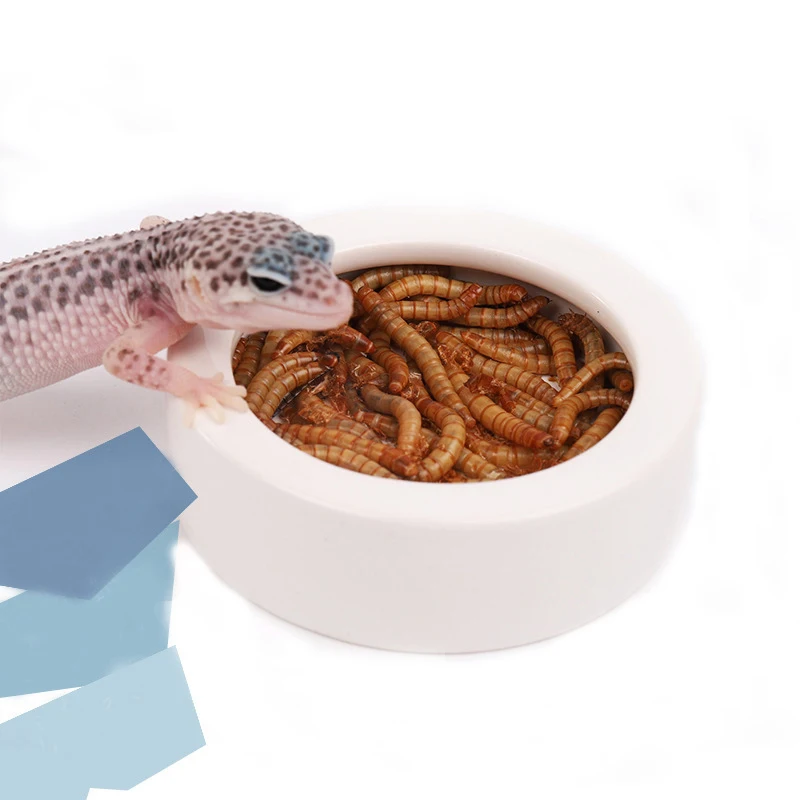

See snake identification for pictures What snake is that? Wide ventral scales (scales on underbelly) - much wider than adjacent body scales (with the exception of 'worm-like' blind snakes and file snakes).Eye is covered by a transparent scale-eyes unable to blink (geckoes, flap-footed lizards and some skinks share this characteristic).Tail length less than one-third of body length.Long, slender, deeply-forked tongue - a characteristic shared with the strongly-limbed monitor lizards (goannas), while legless lizards have a broad, flat tongue.No ear-opening (some lizards also don't have an obvious ear opening).No limbs (some lizards also lack limbs or have reduced limbs).Snakes are distinguished from lizards by the following combination of characteristics: Photo credit: © Queensland Museum How do I tell the difference between a snake and a legless lizard? If this doesn't provide an answer, the picture can be forwarded to the Queensland Museum for identification. If a photograph can be safely taken it can be compared with the snake identification pictures on this website or by going to the Queensland Museum website. Catching a snake to identify it can be extremely dangerous and is illegal.

Some experts can identify snakes by sight but the most accurate way is by looking at physical characteristics like the number of scales around the mid-body, types of scales on the head and the types of teeth. Snakes vary greatly in their colour and patterns between species and within species. You should not try to identify snakes by their colour alone. Can you identify a snake accurately by its colour? Even snake skins that have been shed can be identified by matching them to descriptions of scale patterns and scale counts given in snake identification guides.

A variety of books and the Queensland Museum website provide additional information. The descriptions below will help you to become familiar with some common snakes you may encounter. This will help you become more aware of the common snakes you might expect to see and allow you to react appropriately if you do encounter them. If you live in or are visiting an area where snakes are common, it is generally a good idea to become familiar with the characteristics of the different snakes you may encounter. The general rule is always to be cautious and avoid coming into contact with any snake.ĭifferent types of snakes do exhibit certain distinguishing features and behaviours that can be used to tell them apart. For the untrained observer in particular, it can often be difficult to make a positive identification of different types of snakes. There is no hard-and-fast rule to distinguish a dangerous snake from a harmless one. How do I tell if a snake is dangerous or not? Ten species of pythons occurring in Queensland completely lack venom and fangs. Five other species of colubrid snakes, including the common tree snake, do not have fangs or venom. Venom delivery is poor and these snakes do not pose a threat to human life. The elapids consist of 23 species of sea snakes and 51 species of land snakes, including some of the world's most venomous land snakes such as the taipan, brown snake and king brown snake (also known as mulga snake).įive species of colubrid snakes, including the brown tree snake, produce weak venom delivered through fangs at the back of the mouth. Venom production is a characteristic of two groups of snakes the front-fanged snakes (elapids) and some of the rear-fanged snakes (colubrids). Queensland is home to about 120 species of snakes. Snake identification Are all snakes in Queensland venomous?

All four lay eggs and their hatchlings look like tiny replicas of the adults, except that the three species with legs hatch with blue tails. All four require sandy soils for burrowing and hibernating, and as a result, all have very patchy distributions. Wisconsin's four lizard species share several traits. Contact information For more information, contact: Rori Paloski


 0 kommentar(er)
0 kommentar(er)
